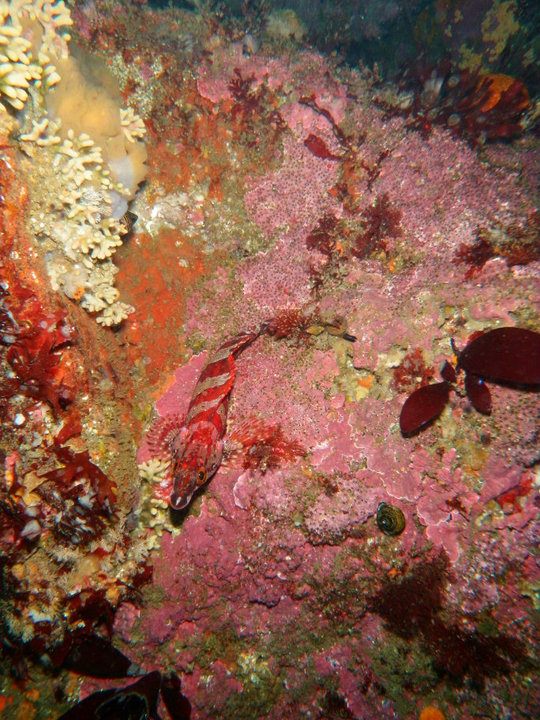
This painted greenling looks perfectly posed for a picture on the pretty pink coralline crust backdrop. Watch out Mona Lisa, here comes Oxylebius pictus!
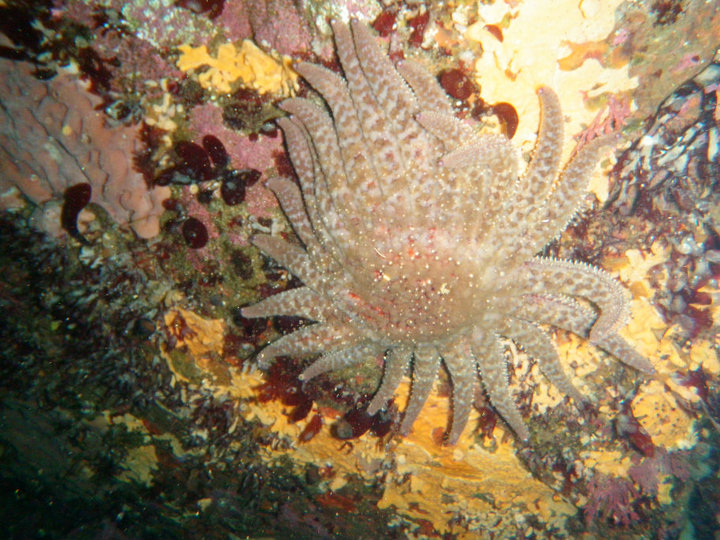
Don’t let the gentle name of the sunflower star fool you – these giant sea stars are voracious predators of the kelp forest. Wielding 24 arms and growing to sizes of over three feet across, Pycnopodia helianthoides is a fearsome force to be reckoned with for its prey of urchins, snails, clams – even other sea stars. When you have that many arms, you don’t have to play nice.
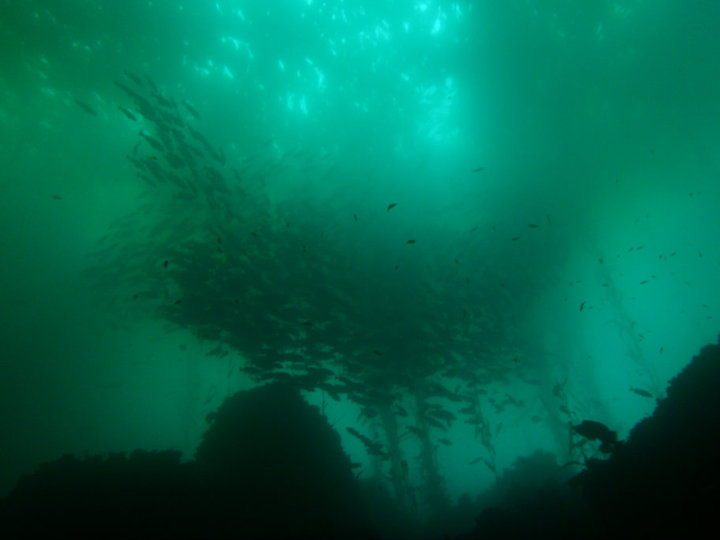
Beneath the waves lies the stunning world of the kelp forest. This school of blue rockfish casts a mysterious shadow among the towering kelp plants. Unlike other species of rockfish that hunker down among the rocks, blue rockfish spend more of their time in the water column where they feed on plankton and jellyfish.

The California Market Squid lives from Alaska to Baja, Mexico. They only live for 4-9 months! Their brief life cycle has four stages: eggs, hatchlings, juveniles, and adults. These eggs laid by the females will take 3-5 weeks to hatch. These squid are not only important to the ocean ecosystem but for human consumption as well. Knowing more about them help keep tasty squid in our markets.
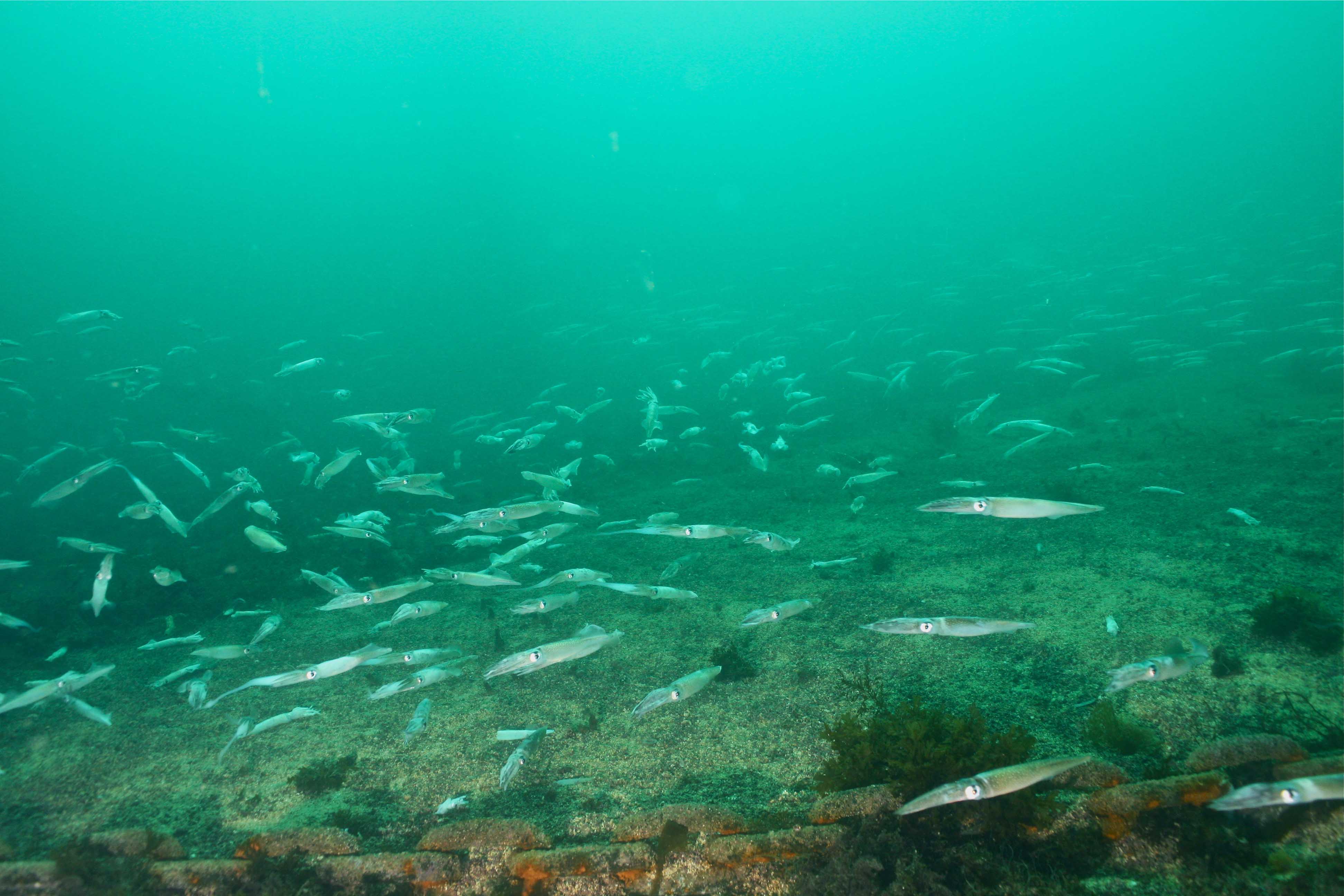
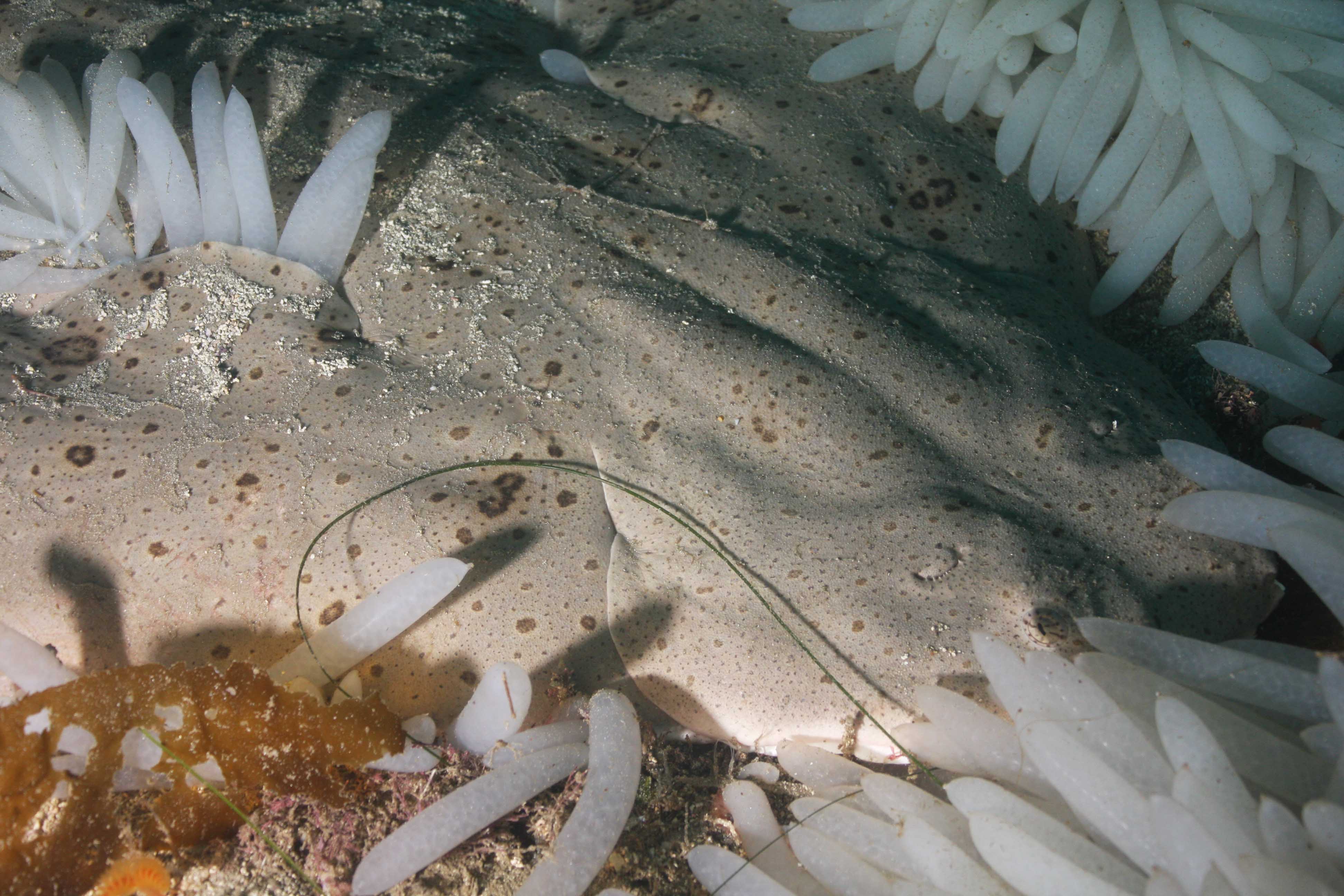
The large amount of California Market Squid eggs means a feast for many other organisms in the bays around Catalina Island. Many fish, invertebrates and sharks such as this Angel Shark will use this abundant food source during the winter. I almost asked the Angel Shark to share, but realized there will hopefully be many squid and squid eggs for the future.
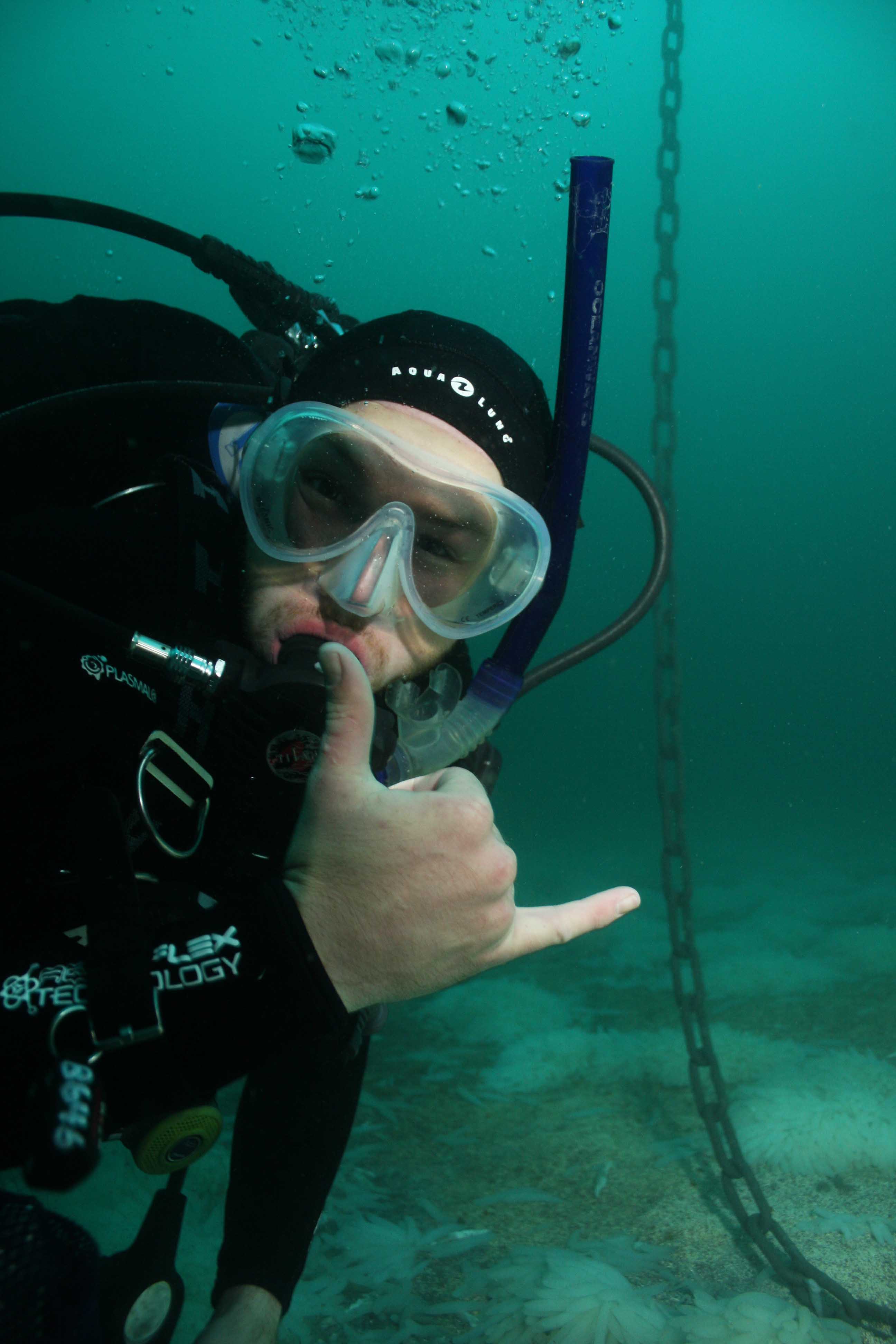
Diving in the marine reserve at Big Fisherman’s Cove near USC Wrigley Institute, diver Paul Tompkins observes squid eggs which span his entire view. This does not happen often according to the people working and living at the Marine Science Center. The squid and eggs are rarely this shallow and may be caused by colder than normal temperatures brought by La Niña.
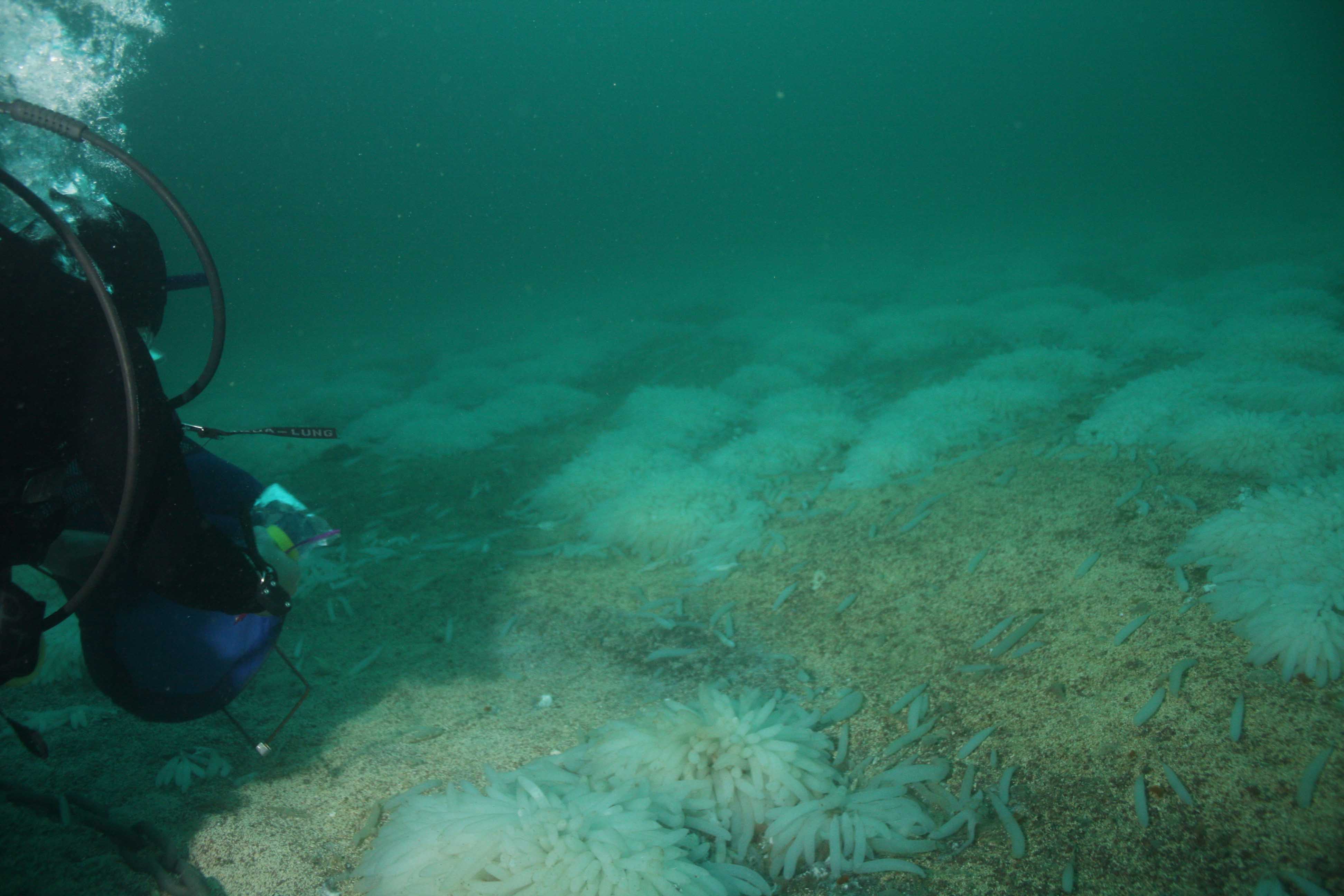
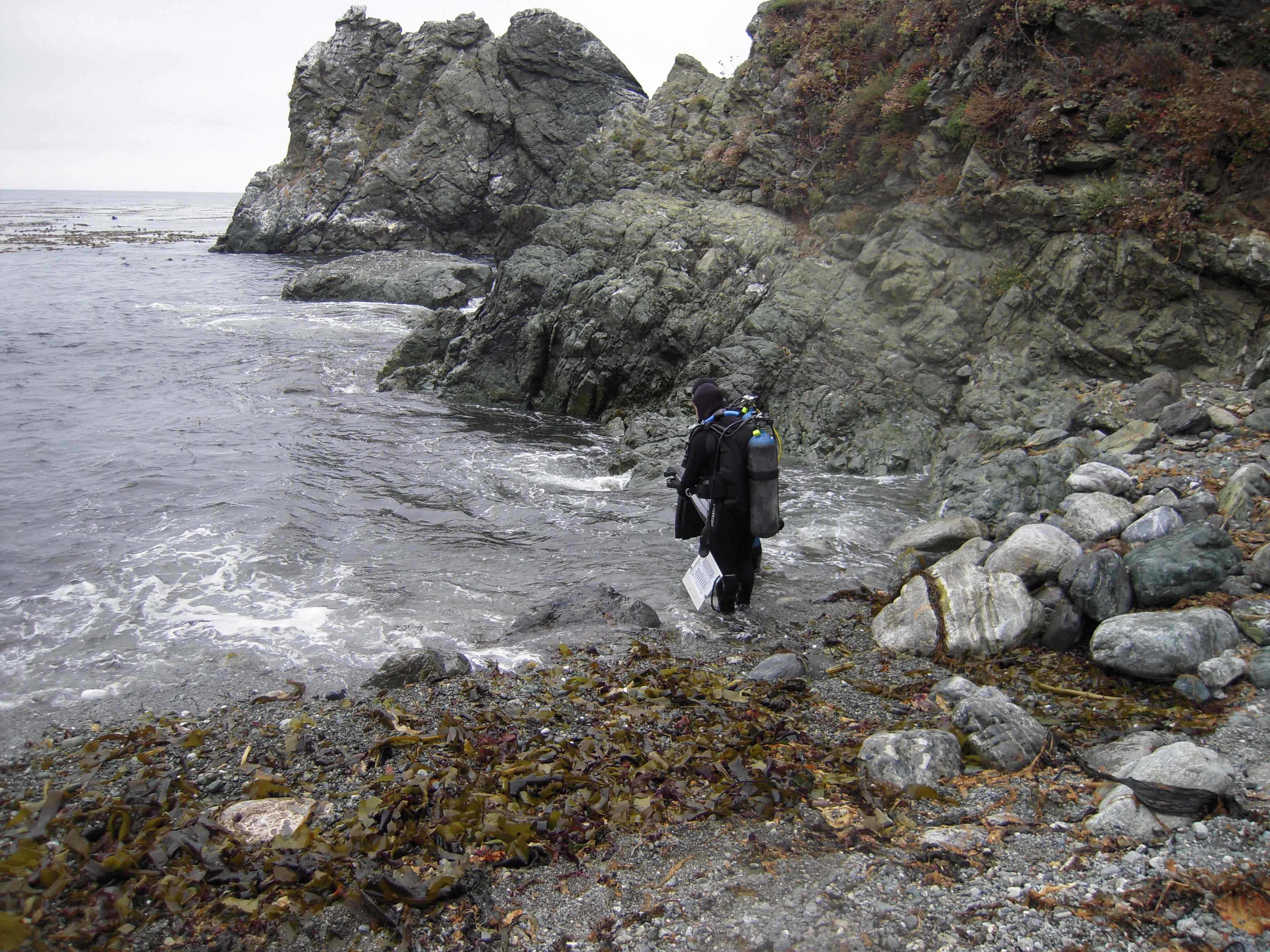
MLML scientific divers wait for a break between the sets of waves before wading into the water. Diving from shore at Big Creek Reserve can be tricky, considering all of the big boulders between divers and open water. With a little patience and sure footing, you can venture out for a gorgeous day under the sea.
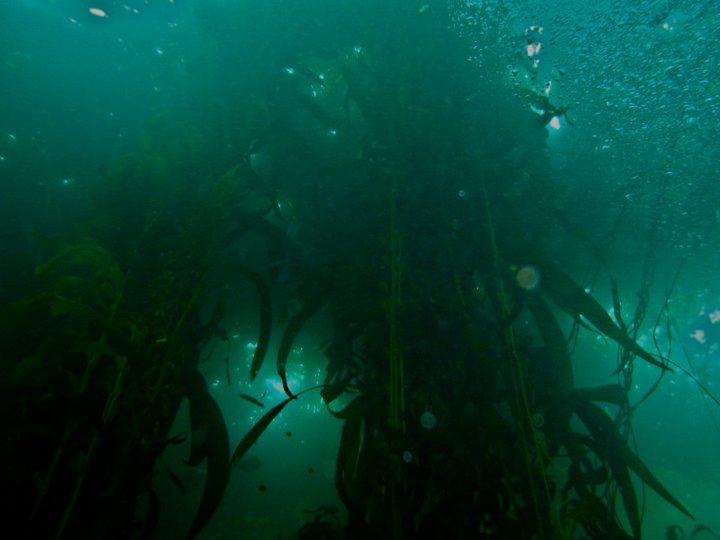
This isn’t a spooky scene from a movie, it’s a photo that undergrad MLML intern Sarah Jeffries took on a dive. Sarah is looking up at two giant kelp plants, and you can see the bubbles that she just exhaled rising toward the surface. This dive at Monastery Beach in Carmel Bay was a great way to enjoy the serene underwater landscape and remind Sarah why she loves marine science.
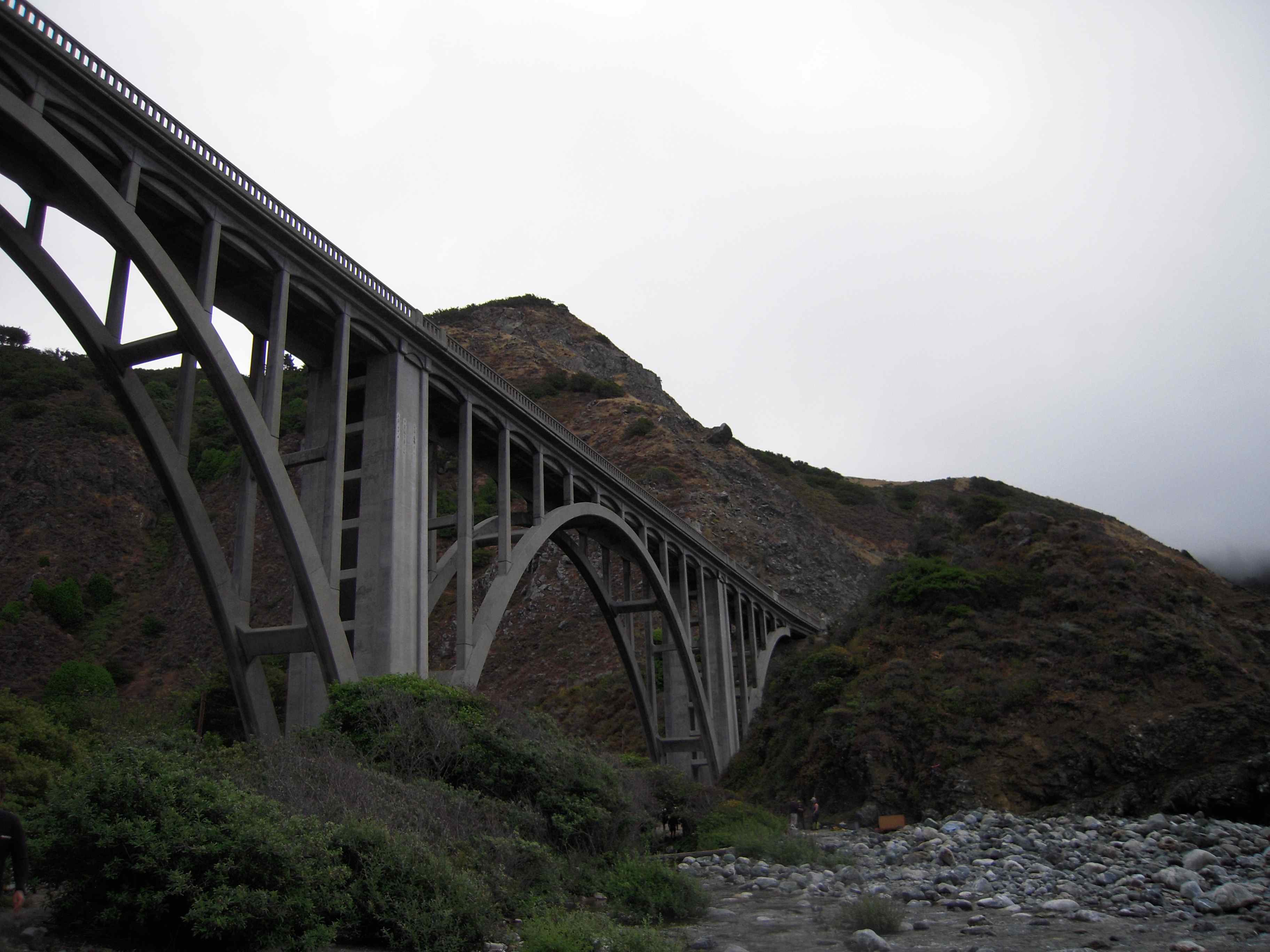
Here’s a last glance back toward Big Creek Bridge before heading into the water for a dive. We MLML scientific divers love the chance to go down to University of California’s Big Creek Reserve for research and training. Part of the MLML summer scientific diving course is taught here, and students get the chance to dive in pristine kelp forests that are home to a diverse and abundant group of inverts and fishes. You can read about the adventures at Big Creek in the Big Creek Blog, written by reserve manager Mark Readdie.